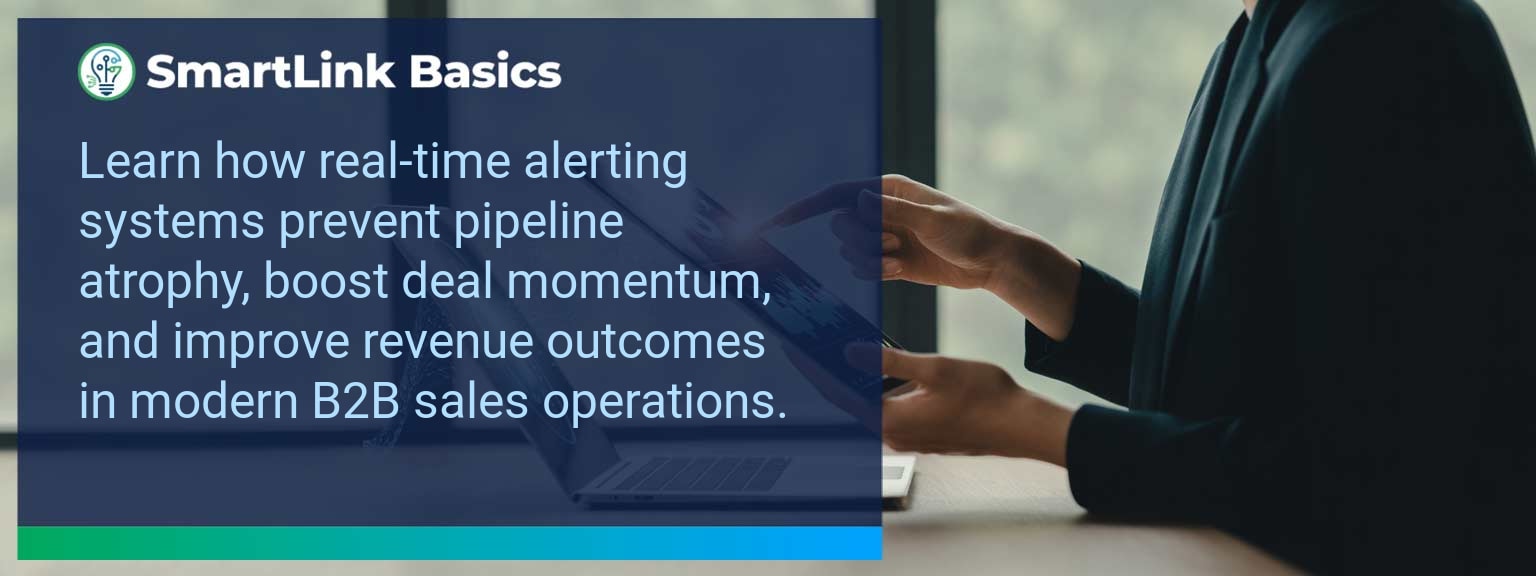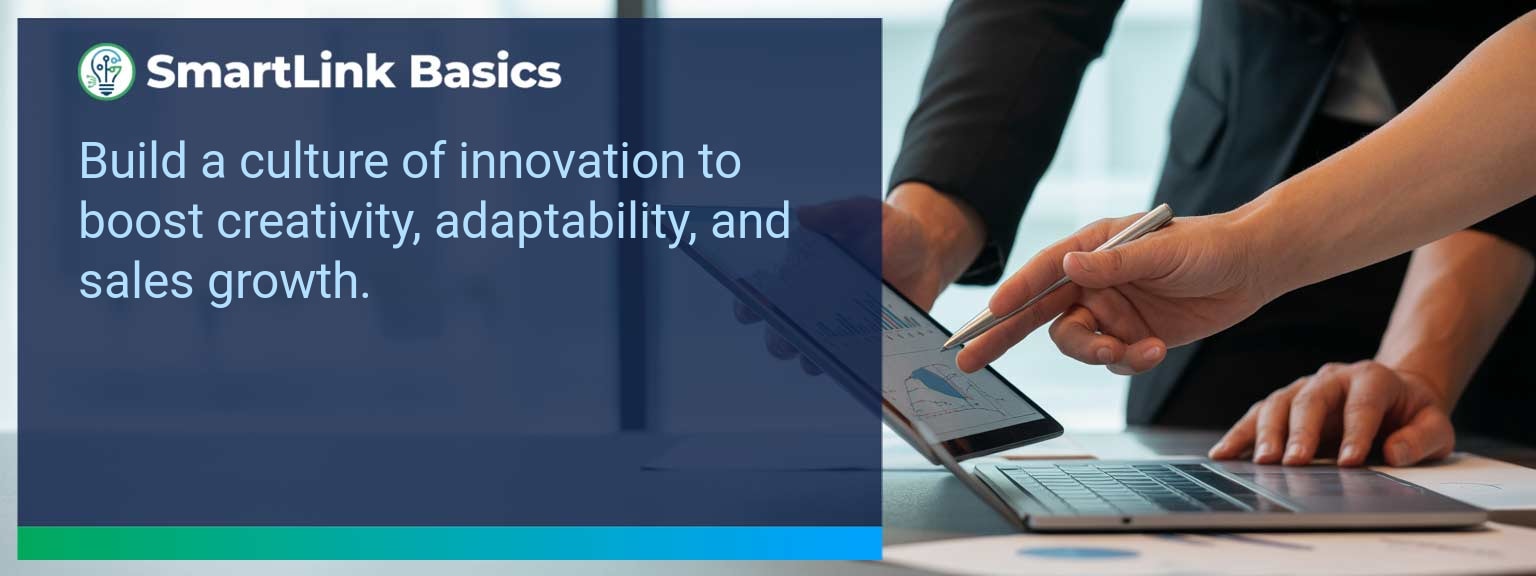Industry data shows that organizations adopting AI-driven automation achieve cost reductions of up to 30% while accelerating sales cycles by 20% or more (McKinsey, 2024). For sales leaders, AI automated workflows now define competitive advantage, enabling teams to reallocate time from repetitive tasks to high-value engagements. At SmartLink Basics, we help decision-makers implement these systems strategically, ensuring they integrate with existing revenue operations. In this article, you’ll see how AI automated workflows power business outcomes, the common obstacles that slow adoption, and practical steps to optimize processes. You’ll walk away with proven examples, a 90-day action blueprint, and measurable KPIs to track results.
- Automate repetitive administrative and CRM updates with AI.
- Integrate machine learning to personalize outreach at scale.
- Streamline approvals, quotes, and contract workflows for speed.
- Use predictive analytics to prioritize sales opportunities.
- Track adoption and performance with targeted metrics.
AI Automated Workflows: What Changed and Why It Matters
AI adoption has shifted from experimental to operational, making automated workflows a standard in high-performing sales organizations. The real advantage lies in combining workflow automation with artificial intelligence workflows to optimize every step of the revenue process. Sales leaders now use AI to synchronize touchpoints, reduce manual inputs, and ensure faster execution. For example, a B2B SaaS leader introduced automated lead enrichment and routing, cutting qualification time by 60%. Actionable insight: Audit processes for time-intensive handoffs and apply AI where repeatability is high.Redesign the Revenue Operating System With AI Automated Workflows
ICP, Segmentation, and Targeting AI-enabled segmentation uses historical wins, firmographic, and behavioral data to dynamically update ICP profiles. This ensures targeting precision without quarterly re-work. Pipeline Architecture Automated workflows push opportunities through the right stages based on engagement signals. AI flags at-risk deals for intervention. Plays and Messaging Integrated automation tools deliver personalized sequences based on buyer activity, increasing relevance at every touchpoint. Operating Cadence AI schedules follow-ups, forecast calls, and account reviews based on actual pipeline movement rather than static calendars. Actionable insight: Implement automation that adapts in real-time to both internal and buyer-driven events.Common Obstacles To Achieving Seamless Automation
The most frequent challenges are fragmented systems, inconsistent data quality, and cultural resistance. Without a unified data layer, automation amplifies errors rather than solving them. Coca-Cola Europacific Partners reported needing a full data governance upgrade before AI could improve sales workflows. Leaders must first assess infrastructure readiness and train teams to trust AI-influenced recommendations. Actionable insight: Before deployment, establish clean data practices and a single source of truth.Implementing AI To Optimize Workflows
Effective deployment of AI process optimization starts with mapping current-state processes, identifying friction points, and matching them with automation tools. For example, automating proposal generation based on CRM opportunity data can reduce turnaround from three days to one hour. Solutions combining business process automation platforms with machine learning integration enable continuous performance improvement. Actionable insight: Pilot in one high-impact stage, measure, and then expand.Tangible Benefits From Automated Processes
The benefits extend beyond time savings — sales leaders gain a scalable system. Tangible outcomes include faster quote-to-close, higher lead conversion, and better forecast accuracy. A manufacturing firm implemented AI-assisted order processing and cut errors by 40%, improving on-time delivery rates. Actionable insight: Track both speed and accuracy to measure workflow automation effectiveness.Metrics That Matter
| Category | Metric | Definition | Target |
|---|---|---|---|
| Leading | Workflow Completion Rate | % of automated sequences executed without manual intervention | 95%+ |
| Leading | AI Suggestion Adoption Rate | % of AI-generated action recommendations executed by reps | 80%+ |
| Lagging | Cycle Time Reduction | Decrease in time from lead entry to closed-won | 20%+ |
| Lagging | Revenue Per Rep | Average sales revenue generated per sales rep per quarter | +15% YoY |
| Quality | Automation Error Rate | % of workflows that trigger incorrect outcomes | <1% |
| Quality | Customer Satisfaction Post-Automation | Average CSAT score after automation implementation | ≥ 4.5/5 |
Innovations And Next Steps For AI Automation
Emerging capabilities like AI-generated playbooks, intent-driven dynamic routing, and integrated AR for virtual product demos are shaping the next wave of sales automation. Companies integrating these tools early will outpace competitors in speed and personalization. Actionable insight: Stay ahead by testing emerging automation features quarterly and aligning them with evolving buyer expectations.Get the 90-day plan, coaching rubric, and dashboard template to operationalize AI in your enablement program.
Turning AI Automation Into a Revenue Multiplier
AI automated workflows are now a strategic lever for predictable, scalable growth. This guide outlined current applications, adoption challenges, a 90-day execution plan, and measurable success criteria. To make automation pay off, sales leaders should integrate tools into one cohesive operating system and review results monthly for continuous improvement. Access more AI-driven sales enablement resources from SmartLink Basics to design a high-performance automation strategy. Accurate prioritization determines whether a sales leader drives results or drowns in activity. Research by McKinsey highlights that executives spend over 40% of their week on tasks that could be automated, delegated, or deprioritized. At SmartLink Basics, we see this play out repeatedly in high-growth sales organizations where competing demands reduce strategic focus. The 4D Method Productivity framework—Do, Defer, Delegate, Delete—offers a disciplined approach to workload balance in AI-accelerated environments. In this article, you’ll learn how to identify high-value actions, apply the 4D Method across team workflows, and integrate measurement so that productivity gains are sustained. Whether you lead a sales team or manage a revenue operation, these steps will help reclaim critical hours for strategic leadership.- Use the 4D Method to categorize tasks into Do, Defer, Delegate, or Delete.
- Prioritize revenue-impacting activities and eliminate low-value work.
- Delegate tasks aligned with team members’ capacity and strengths.
- Apply AI tools to accelerate decision making and execution.
- Review workload balance metrics weekly to sustain efficiency.
Common Struggles With Overwhelming Workloads
Sales leaders face a flood of incoming requests, meetings, and reports that dilute focus. Without a deliberate workload balance framework, it becomes easy to react to whatever lands in the inbox. The result is fragmented attention, delayed decisions, and incomplete initiatives. An example from a mid-market SaaS company: the VP of Sales spent nearly 15 hours a week reviewing deals under $2K, work that could have been handled by team leads. This prevented timely coaching on six enterprise pursuits worth over $500K. The actionable step here: audit your previous two weeks’ calendar, flag any tasks you should have delegated, and begin to apply the 4D filter.Applying The 4D Method Productivity For Effective Results
The 4D Method Productivity approach simplifies decision making: Do tasks with direct, high-value impact. Defer time-sensitive but less critical work. Delegate responsibilities to the right team members. Delete any activity that fails to align with strategic goals. For example, pipeline forecasting meetings with senior leadership fall under Do, while updating non-critical slide decks can be Defer or Delegate. Low-value custom report requests may go straight to Delete. Actionable step: create a shared 4D board in your project management tool so that the team applies consistent criteria when prioritizing.Achieving Control And Improved Productivity
Integrating AI assistance into the 4D Method increases throughput. AI tools can summarize call transcripts, flag at-risk deals, and generate first drafts of proposals, freeing leaders to Do high-priority work. These efficiency tips reduce context switching and improve outcome velocity. One global sales team shortened their average opportunity review cycle from seven days to three by reallocating review prep to AI-enabled pre-screening—a direct time management technique innovation. Actionable step: pair your 4D workflow with at least one AI-driven automation each quarter.Adapting The 4D Method For Long-Term Success
Long-term adoption requires embedding the method into operating cadence. This means reviewing 4D boards during weekly leadership meetings, refreshing task categories quarterly, and tweaking delegation logic based on results. Delegating tasks effectively builds team capability, while disciplined deletion keeps operations lean. For sustained workload balance, track key metrics and tie them to leadership performance reviews. Over time, this creates a culture where high-priority, high-impact execution is second nature.| Category | Metric | Definition | Target |
|---|---|---|---|
| Leading | Priority Task Ratio | % of weekly tasks categorized as Do in the 4D Method Productivity framework | 60%+ |
| Leading | Delegation Efficiency | % of delegated tasks completed without escalation | 85%+ |
| Lagging | Quota Attainment | % of reps hitting assigned revenue targets after implementing 4D workflow | 80%+ |
| Lagging | Sales Cycle Reduction | Average decrease in opportunity cycle length | 10%+ |
| Quality | Team Focus Index | Composite score from surveys on clarity of priorities | ≥ 4.2/5 |
| Quality | Meeting Effectiveness | % of meetings achieving stated objectives in agenda | 90%+ |
Get the 90-day plan, coaching rubric, and dashboard template to operationalize AI in your enablement program.









